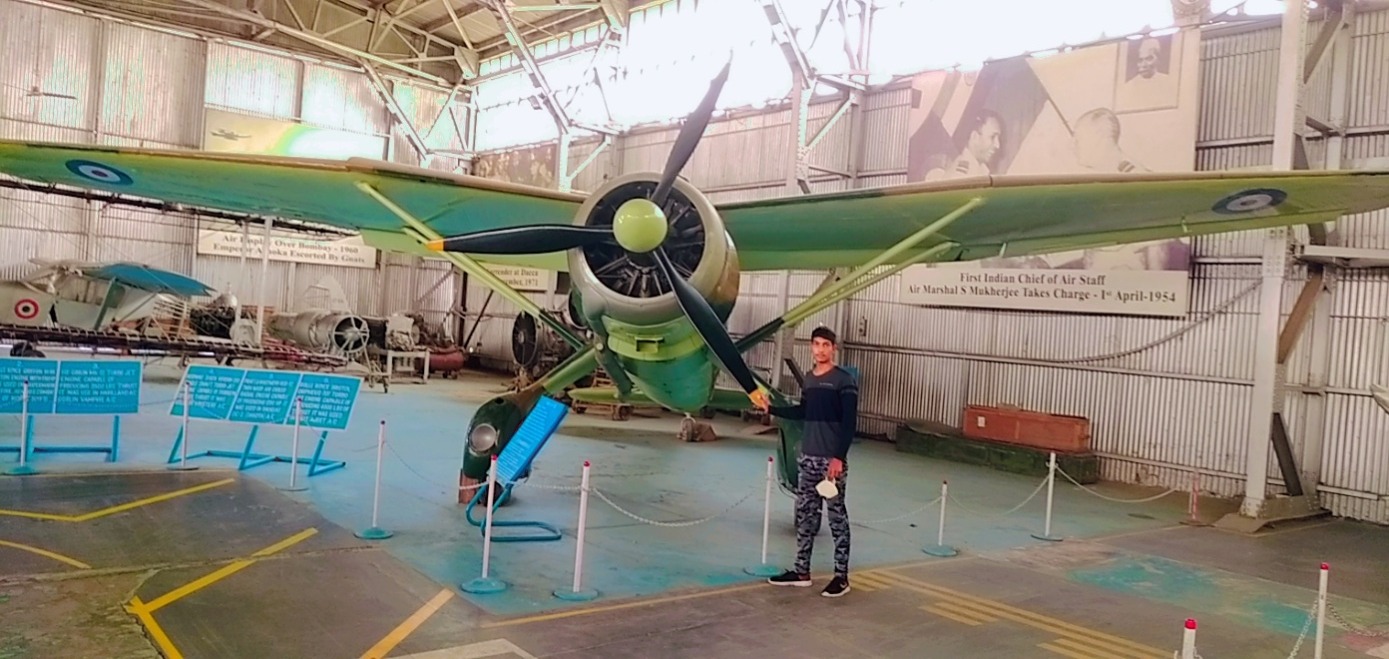There are no items in your cart
Add More
Add More
| Item Details | Price | ||
|---|---|---|---|
"Preparedness today, resilience tomorrow."
Introduction
The National Disaster Response Force (NDRF) is a specialized force established under the Disaster Management Act, 2005 to provide a prompt and effective response to disasters. It plays a vital role in disaster management by conducting search and rescue operations, relief work, and rehabilitation efforts during natural and man-made disasters. Background
The NDRF stands as a symbol of resilience and commitment in disaster management. Through its swift response and humanitarian efforts, the force has significantly reduced the impact of disasters in India and abroad. Strengthening its capacity and ensuring seamless coordination will further enhance its effectiveness in safeguarding lives and property.

Sachin Jangir